IT’S been 28 years since the global Angus cattle community last visited Australia for a World Angus Forum, and a quick glance back at the speaking program topics from the last event held in Sydney in 1997 provides a priceless snapshot of just how far the seedstock and commercial beef sectors have come since then.
The Forum is held in a different country every four years, and lands back in Australia this year with a series of events in Tamworth and Brisbane between 3-8 May.
What’s clear since the previous event hosted here is the dramatic technology-driven advances the industry has made in areas like DNA-based genomic selection, artificial breeding tools like IVF and sexed semen, DNA-based feeder cattle selection tools, measurement of cattle for feed efficiency and methane output, scanning and objective measurement and other fields.
Many of the industry trading and grading tools now taken for granted were still only very new, or still to emerge at the time the last World Forum was held on these shores.
Beef Central has thumbed through a copy of the program from the last event held in Sydney in 1997 (see image at left). Clearly, many current-day industry systems and principles were still quite primitive at the time, if in existence at all.
For example, one of the key conference seminar topics in 1997 was “Will marbling be a factor in Australian meat grading?”
The answer to that question may seem self-evident in today’s setting, but in many cattle breeders’ minds at the time, marbling was still seen as a trait of greater interest in the grainfed-reliant US beef industry than it was in Australia.
Here’s a quick snapshot of some other key topics discussed during Australia’s last World Angus Forum in 1997:
“How to gain feedlot premiums”
Angus cattle were always a popular option among Australian lotfeeders, but in 1997 there were less than 500,000 head of cattle on feed across Australia – about one third of current day numbers. The Australian industry back then weas still fundamentally grassfed.
Apart from a few cattle entering longfed 300-day programs, there was little price incentive for Angus feeder cattle, despite the fact they always had a reputation for marbling. Certified Grassfed programs were unheard of, and programs like JBS’s Great Southern, offering premiums on marbling and MSA index score, were decades away.
“How to benefit from the Angus Society’s export and domestic beef brands”
While there were a few rudimentary commercial brand programs including the word, ‘Angus’ in their names, the Angus Society’s Certified Australian Angus Beef brand program did not come into existence until 1999 – two years after Australia’s last World Forum.
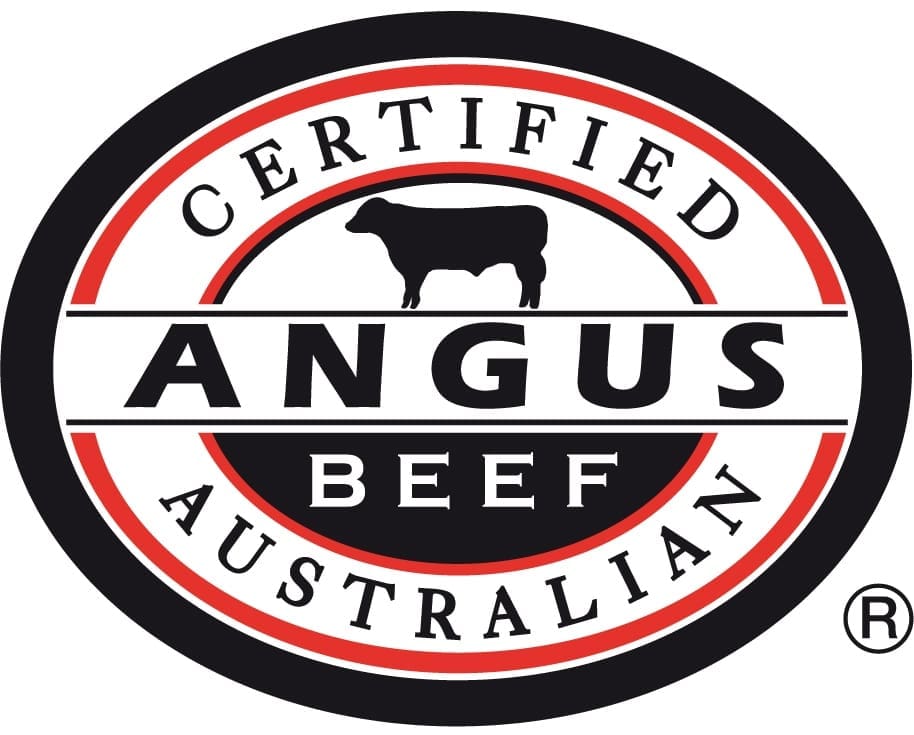 The CAAB concept was built on the enormously successful US Certified Angus Beef model, with some higher standards attached. Under the guidance of inaugural chairman Michael Pointer and a board of passionate Angus breeders, the program was developed to provide a mechanism to assure the beef supply chain that “beef sold as Angus was truly Angus, and of the highest quality.” The program was one of the first to be underpinned by Meat Standards Australia grading, and it attracted widespread support in the quality end of the food service and retail sectors, both within Australia and in offshore markets like Japan.
The CAAB concept was built on the enormously successful US Certified Angus Beef model, with some higher standards attached. Under the guidance of inaugural chairman Michael Pointer and a board of passionate Angus breeders, the program was developed to provide a mechanism to assure the beef supply chain that “beef sold as Angus was truly Angus, and of the highest quality.” The program was one of the first to be underpinned by Meat Standards Australia grading, and it attracted widespread support in the quality end of the food service and retail sectors, both within Australia and in offshore markets like Japan.
Over the next 15 years, several processors took licences to produce and market CAAB product under the strict guidelines and specifications associated with the brand. These included Cargill Australia (and it successor, the Teys Cargill Joint Venture), Stockyard Beef and later, Thomas Foods International. Ultimately, however, private commercial brands using the word ‘Angus’ took over, and CAAB was shelved in 2018.
“How will the new meat grading systems affect Angus breeders?”
Australia’s world-leading Meat Standards Australia grading system was still a year away from full commercial launch at the time of the 1997 Angus World Forum in Sydney. Commercial MSA trials had started in the southeast Queensland market, but the science and potential impact of MSA were still largely a mystery to the broader beef industry.
MSA steering committee chair David Crombie gave an address to forum delegates about why Australia needed a tenderness guarantee/grading scheme, and how it would likely work.
Even earlier, in 1992, AusMeat had introduced the new concept of Chiller Assessment to the Australian cattle industry, and some producers started receiving AusMeat Feedback Sheets on group and in some cases, individual animal carcase performance.
Instead of animals being bought simply on a crude formula comprising weight, dentition and bruising, suddenly traits like marbling, fat cover, fat and meat colour, pH and ossification started to come into industry language and payment systems. Uptake was slow, and by 1997 feedback sheets and full chiller assessment were still gaining wider uptake.
“Will marbling be a factor in Australian meat grading?”
See comments above
“How crossbreeding and balanced selection can fit in with your environment and boost returns?
Angus bulls were still in only very limited use in more challenging northern large-scale grazing environments in 1997.
“Performance recording and genetic selection”
The Breedplan objective performance recording genetic selection tool was launched in 1986, but was still very much in establishment phase by the time the last World Angus Congress in Australia was held in 1997. However Angus breeders were among the first to embrace objective selection, en masse.
It was not until around 2005 that some of the earliest industry references were made to the potential use of DNA-based animal selection tools for meat quality, fertility and yield.
Concepts like measurement and selection for feed efficiency, methane emissions, scanning technologies and crushside DNA analysis were still decades away.
Today, using a simple DNA sample, selection decisions can be made on stud heifers using HeiferSelect for total breeding value, important maternal, growth and carcase characteristics, and sire verification. The corresponding SteerSelect product launched last year delivers genomic-based genetic predictions for Angus steers covering the key trait areas of growth, feedlot performance, carcase attributes, and resilience.
2025 World Angus Forum program
Up to 1000 Angus industry stakeholders from across the world are expected for this year’s World Congress event, split between the Zoetis Angus Expo event in Tamworth on 3-4 May, and Neogen Brisbane Forum on 6-8 May.
Some of the key speakers in the genetics/genomics space this year will include:
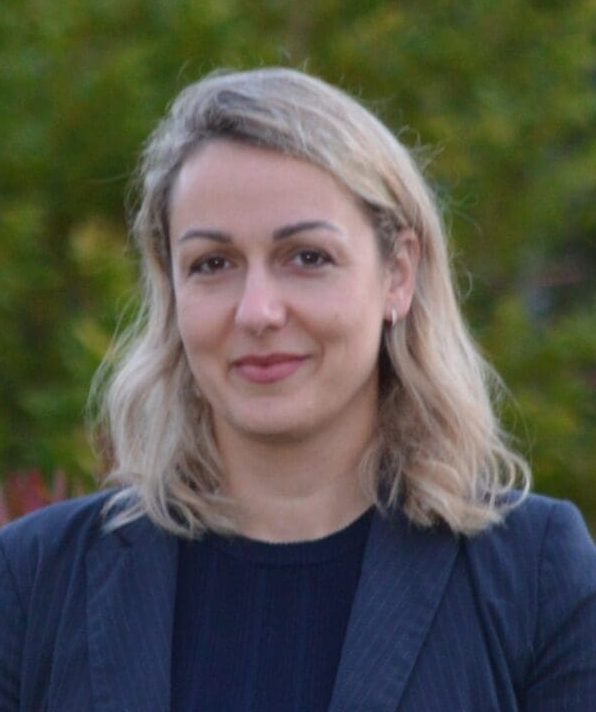
Dr Mariana Caetano
Dr Mariana Caetano, a Brazilian-trained animal scientist from the University of Adelaide’s Zero Net Emissions Agriculture CRC (Livestock Program), who leads the Nutrition and Methane Abatement Program at the Davies Livestock Research Centre.
Accomplished US livestock science communicator Alison Van Eenennaam, from the University of California, Davis. She speaks widely on uses of DNA information and biotechnologies in beef cattle production systems, the development of genome editing approaches for cattle and sheep, and the hot topic of gene editing of production animals using CRISPR.
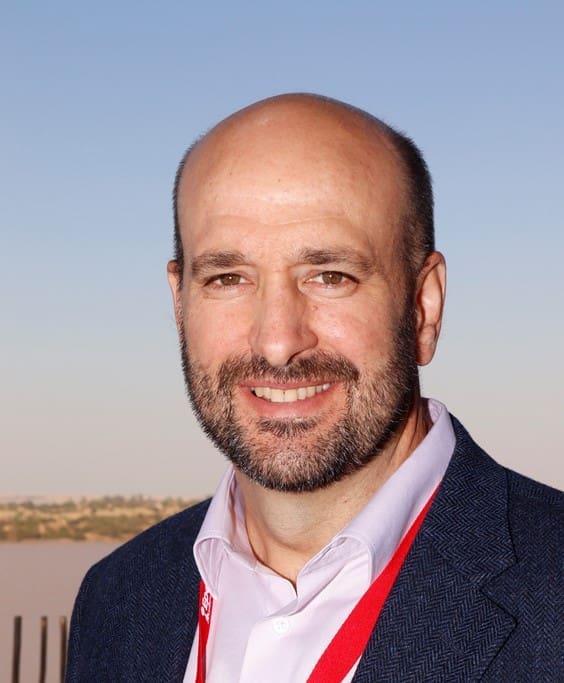
Dr Stephen Miller
Dr Stephen Miller. Formerly director of Genetic Research for Angus Genetics Inc in the US, where he furthered the evaluation methods for the American Angus Association’s weekly National Cattle Evaluation and AGI clients, Stephen Miller joined the Animal Genetics and Breeding Unit at the University of New England in 2020. He now serves as AGBU director. Dr Miller has experience in genetic improvement across a range of species but is best known for his work in beef cattle and has 25 years of experience with livestock genetics, genomics and technology.
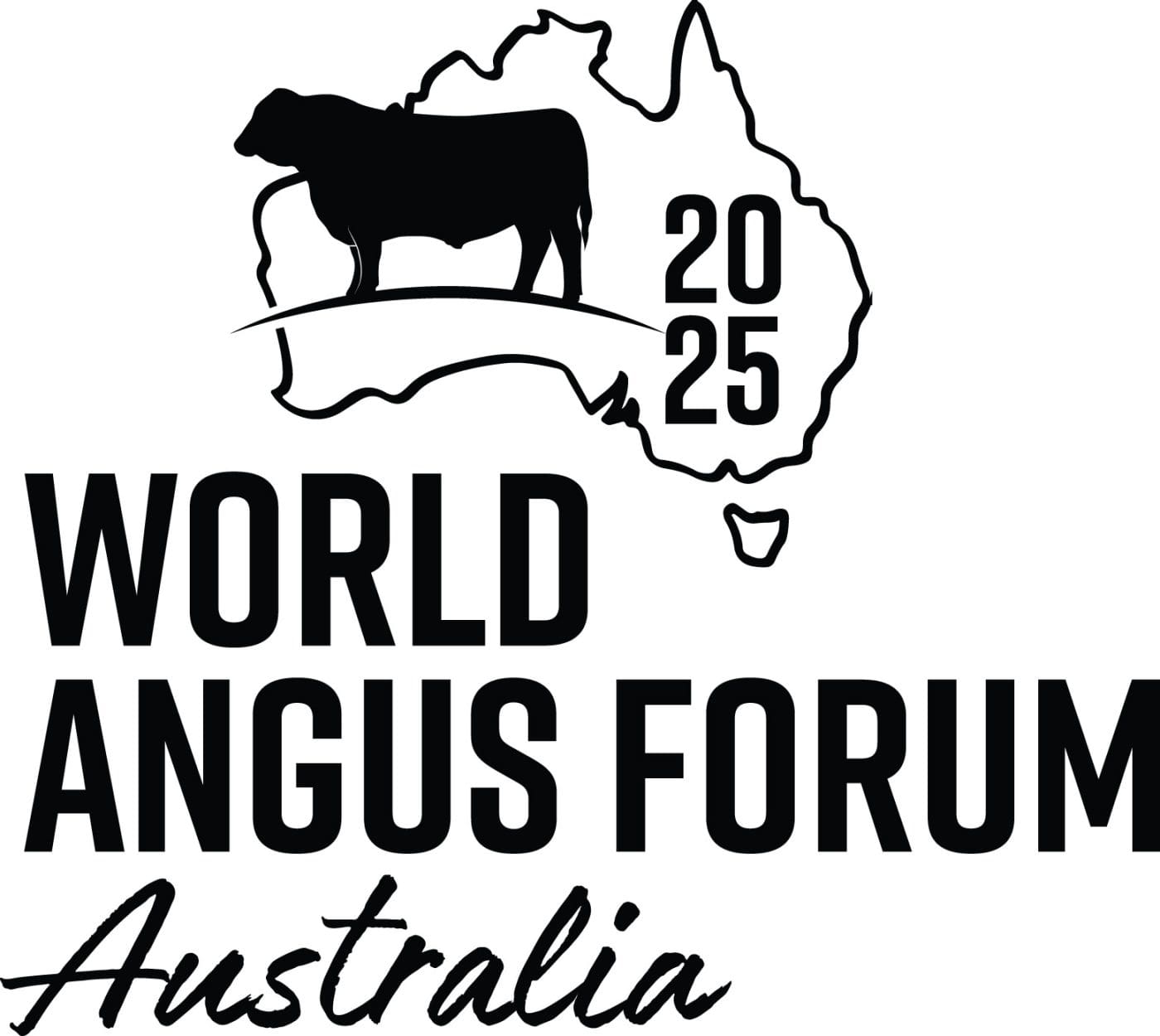 With a theme of ‘Beef for a Better Planet’, the 2025 World Angus Forum will provide delegates with insight into the latest technology, genetics and innovation available within the beef industry, and explore the concepts and challenges of the Australian Beef Industries quest for Carbon Neutral 2030.
With a theme of ‘Beef for a Better Planet’, the 2025 World Angus Forum will provide delegates with insight into the latest technology, genetics and innovation available within the beef industry, and explore the concepts and challenges of the Australian Beef Industries quest for Carbon Neutral 2030.
Click here for World Congress details

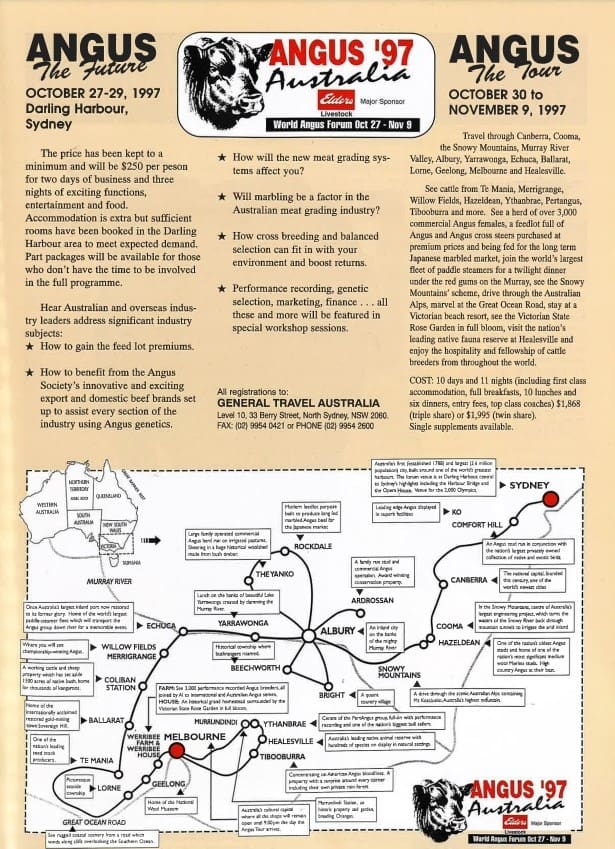
HAVE YOUR SAY